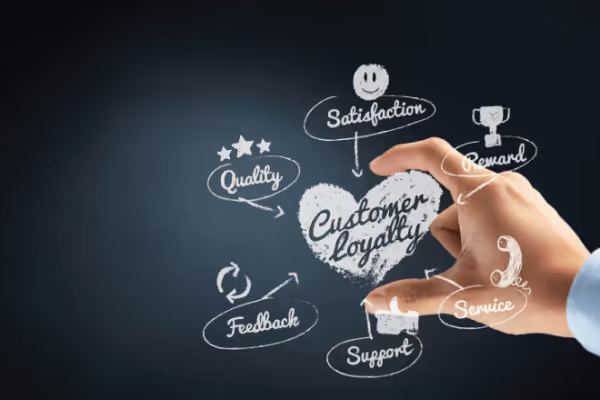Accelerate your Loyalty Program

One of the best ways to motivate your customers on your loyalty card program and keep them coming back is to provide them with a head start.
Numerous academic studies on loyalty programs found that if you provide your customers with a head start with some free stamps or points, they will be more engaged with your loyalty program and complete their card faster than if you provide them with a blank loyalty card.
Known as the “endowed progress effect”, researchers Joseph C. Nunes and Xavier Dreze tested the idea that if you provide some artificial advancement toward a goal, a person is more likely to complete the goal.
In the test, they handed out loyalty cards requiring 8 purchases to receive a free car wash. The first loyalty card required 8 stamps to redeem the reward. The second loyalty stamp cards required 10 purchases, but with two of the spaces already stamped.
[caption id="attachment_3022" align="aligncenter" width="970"]

Comparing Effectiveness of Stamp Offers with and without a headstart[/caption]
Whilst each card required exactly the same number of purchases to receive the reward, 34% of customers that picked up the Loyalty Card with 2 free stamps had redeemed their rewards versus 19% who had cards without the stamps within the same test period.
To put it differently, customers that were given the two stamps upfront were almost twice as fast in redeeming the reward compared to customers that were given a blank stamp card, for exactly the same amount of stamps.
The endowed progress effect makes customers think they have a head start towards completing the goal. In their mind, it reduces the amount of perceived work making them more likely to put in the effort.
Apart from being perceived as a goodwill gesture from the business to the customer, there is some proven psychology behind this finding.
Framing the task
By filling in some empty stamps, the task is framed for the customer, making it easier for them to understand what is required to fill the loyalty stamp card for the reward. We process information more easily visually, so the image is more effective in helping the customer understand the requirements to reach the goal.
Desire to complete a task
Generally we don’t like to leave tasks incomplete. We have an innate desire to finish things. Known as the Zeigarnik effect, it suggests that people have tendency to think about uncompleted tasks more than completed tasks. When we are presented with a stamp card with the first stamps filled in, we are more motivated to complete the Loyalty card.
Goal gradient effect
Earlier research by psychologists Clark Hull in the 1930’s and later developed by Judson Brown in the 1940’s showed momentum to achieve the reward increased as people get closer to the goal. They will try harder the closer they get to the goal because all of a sudden it becomes reachable.
Expectancy
Quite a lot of academic research has been done the subject that if the expectations are reasonable, you are more likely to achieve the goal. In contrast, if the goal looks too hard, our motivation is much lower because we have low expectation of reaching the goal and we are less likely to start the task.
Overall, the principle is very simple. If you want to get the best out of your loyalty program, provide your customers with some bonus stamps, punches or points on their loyalty card to give them a head start to get them on the way.






.webp)